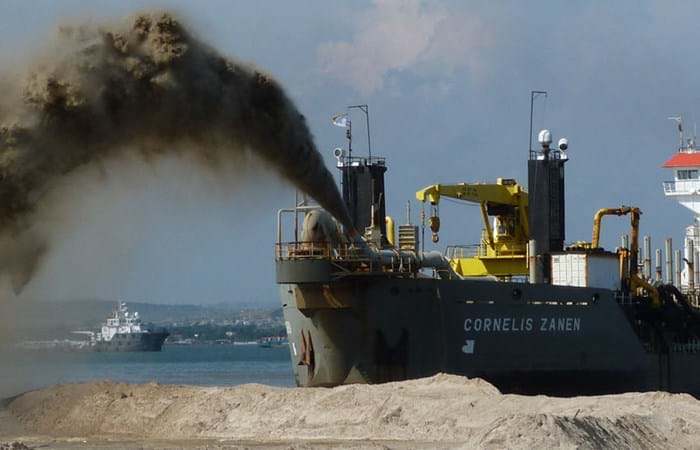The rehabilitation of the Port of Pointe-Noire focused on the renovation and upgrading of the main infrastructure of the port and its adaptation to developments in containerized traffic, offering a draught of -15 m. Furthermore, the work included the construction of a protective berm, an extension of the external breakwater, the rehabilitation and extension of quays, and dredging work.
The projects executed by Boskalis are part of an investment program that consists of multiple phases. Infrastructural upgrades are ongoing within Congo. The current port upgrade phase consists of the following activities:
- Maintenance and deepening of the channel and turning basin to allow for larger vessels;
- Expanding the area for container storage and protecting the area with slope protection works;
- The installation of a breakwater to deflect the littoral current away from the entrance channel and to act as a sand trap, extending the dredging interval in the channel from 2 to 5 years;
- The installation and extension of additional quay length and the upgrade of the current container quay.
